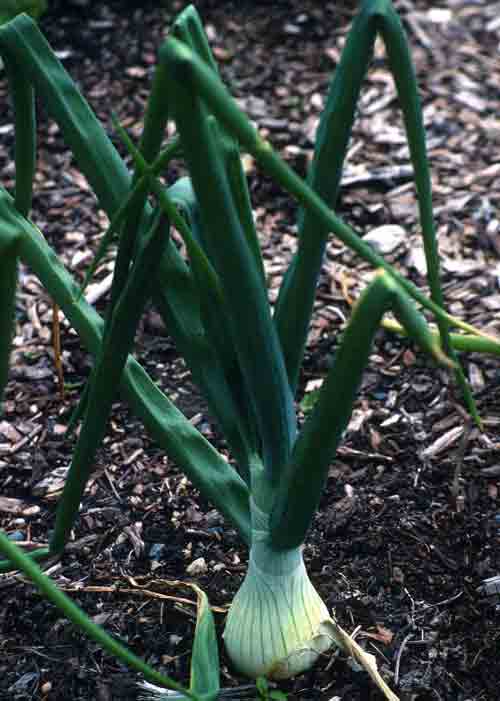Ancient Greeks and Romans were the people most responsible for what we in the West view as “what’s for dinner.” They were the ones who added lettuce-based salads and desserts to a menu that had previously focused on just getting enough calories to survive. I’ve actually noticed in my travels that, in areas outside the cultural influence of Greece and Rome, these things—lettuce salads and dessert—don’t really exist. In Asia, servers will put out a sliced orange at the end of a meal, because they’ve learned that American and European tourists expect something sweet, but it’s not part of the culture, and a nice tossed green salad is just not something you’re going to find on a traditional Oriental menu. (This is not to say they don’t have sweets; they just don’t have dessert. Sweets are snacks.)
Evidence from Egyptian tomb paintings indicates that lettuce was being cultivated in Egypt before 4500 BC, though the first writings were Assyrian documents from around 800 BC, when lettuce was identified as being among the 250 plants growing in the gardens of King Merodach-Baladan in Babylon. The Greek historian Herodotus tells us that lettuce appeared on royal tables in Persia by about 550 BC, but it was a delicacy reserved for kings. These civilizations all bordered on the likely point of origin of lettuce: inner Asia Minor, trans-Caucasus, Iran, and Turkistan. Continue reading








